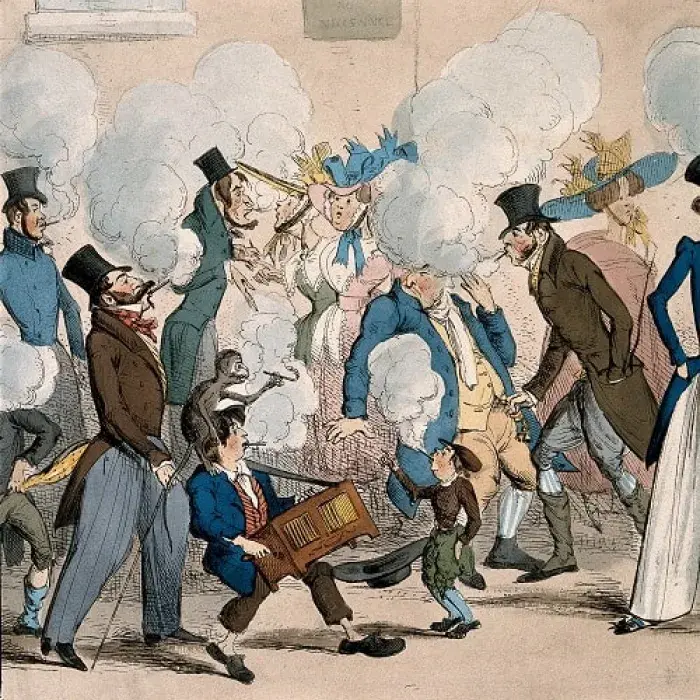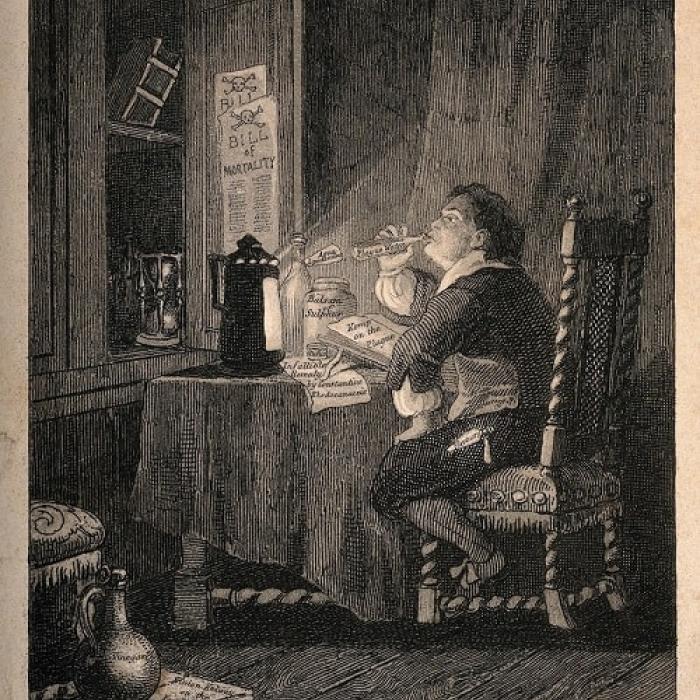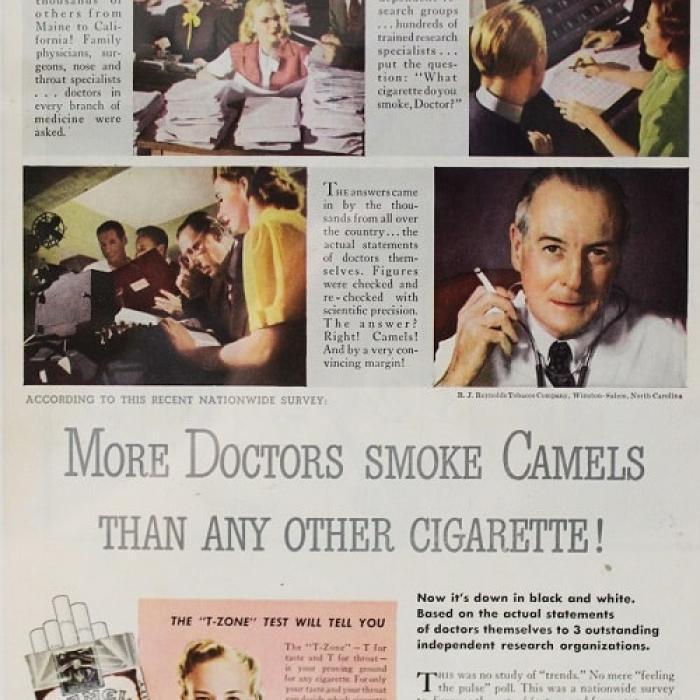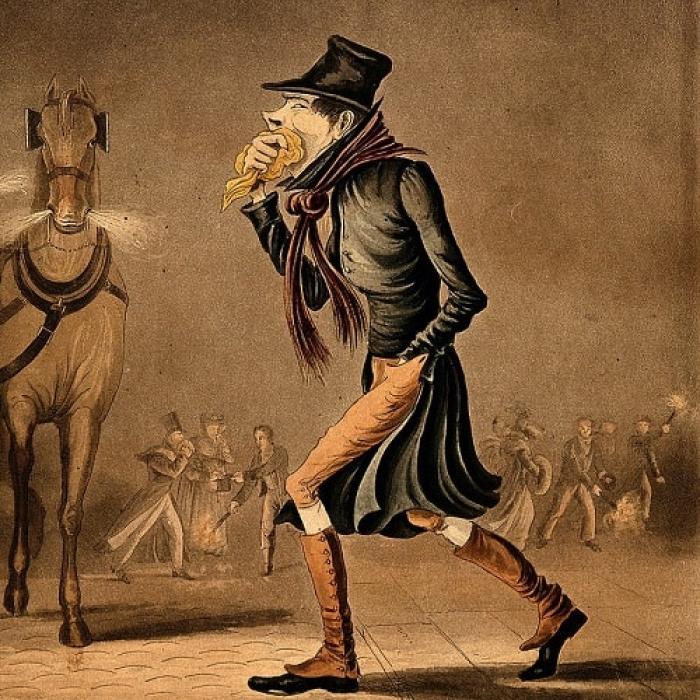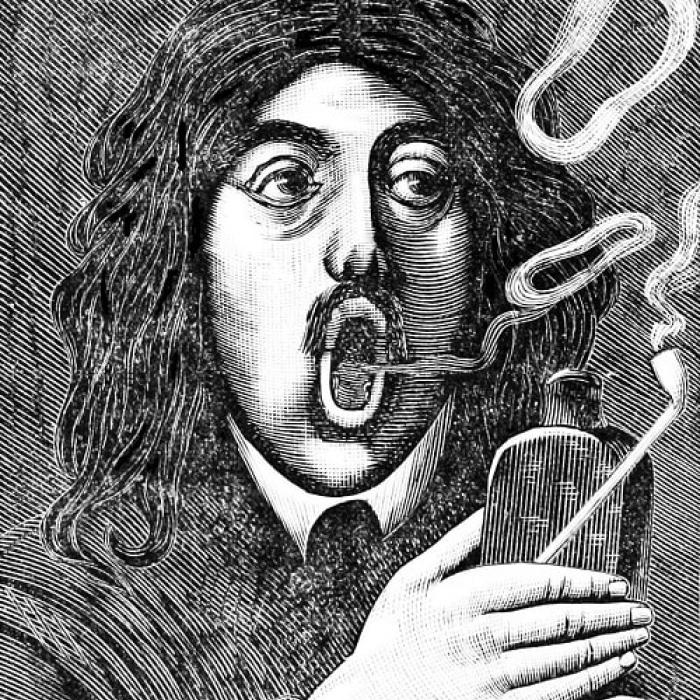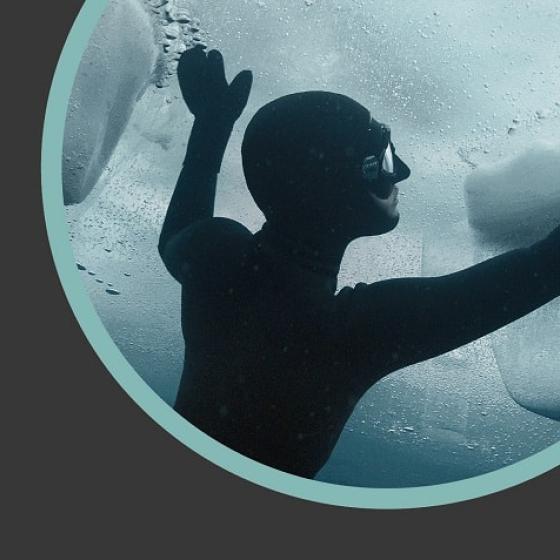Related pages
Johanna under the ice
A lone woman free-dives under a frozen lake: a film shown in the exhibition 'Catch your breath' shows how Johanna Nordblad controls and exploits her breath in the harshest of surroundings.
Sharing the Unshareable: poetry that expresses breathlessness
As part of the Catch Your Breath research project, patients experiencing breathlessness have taken part in poetry workshops, finding new ways to express their experiences of their conditions.
Singing for Breathing: balancing the biomedical with the musical
Vocal coach and music therapist Phoene Cave explains the value of singing for people with lung disease.
Catch your breath: a new exhibition at the RCP
‘Catch your breath’ is an exhibition of objects, documents, books, art works and stories that explores the meaning of breath and experiences of breathlessness, created in partnership with the Life of Breath project.
Air Transformed
Making air pollution visible isn’t easy. Two artworks which dramatically show how the air around us can be laden with damaging particles are part of the RCP exhibition Catch your breath. The works were created by Stefanie Posavec and Miriam Quick.



